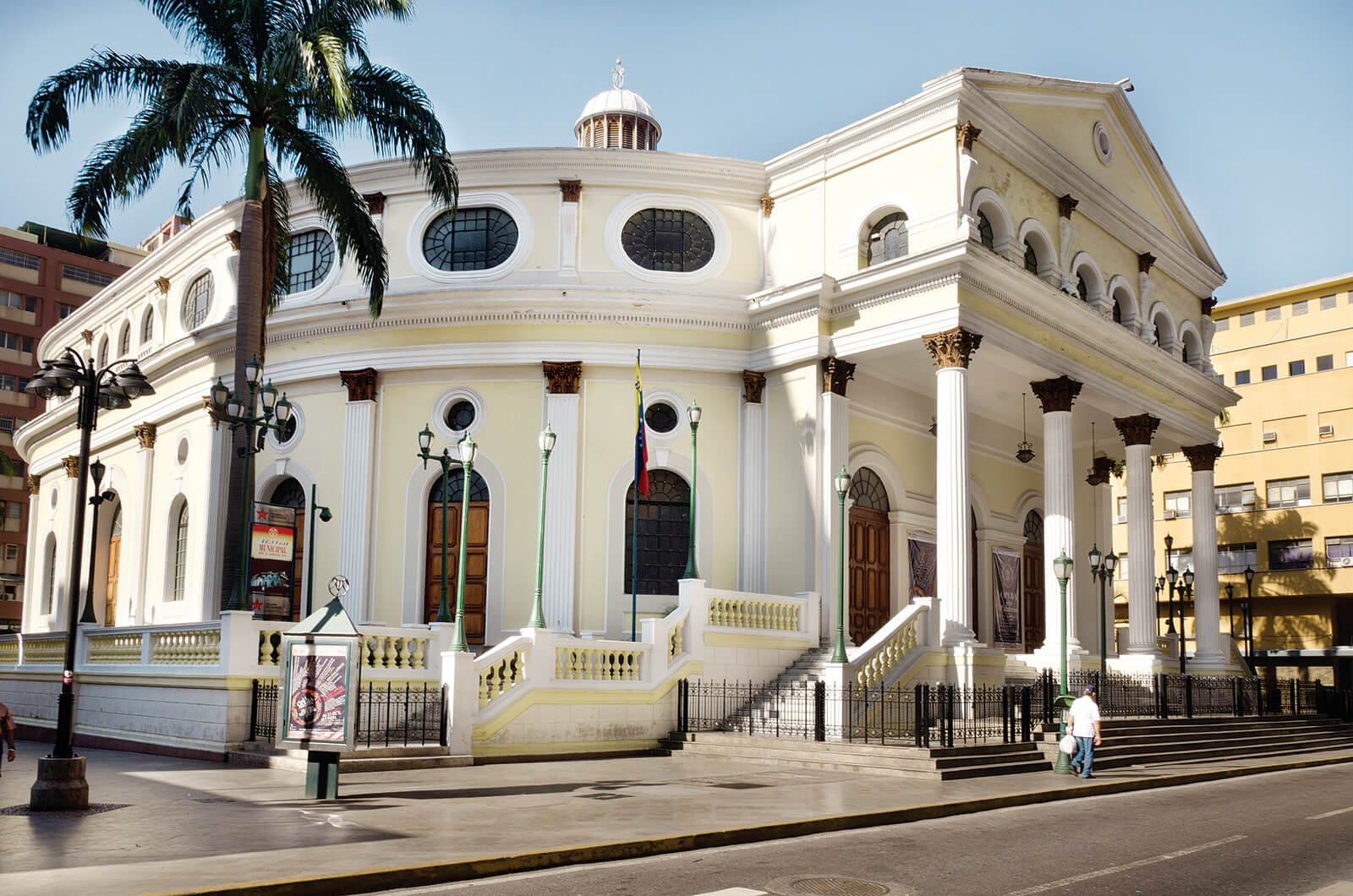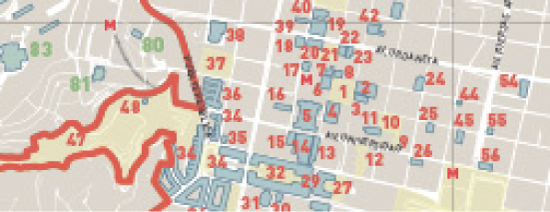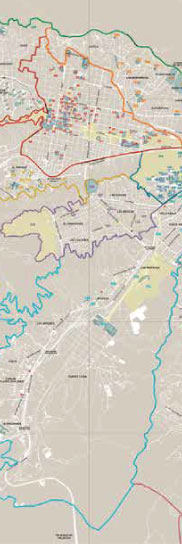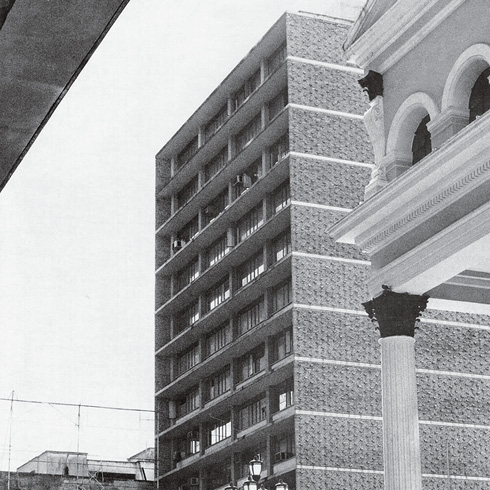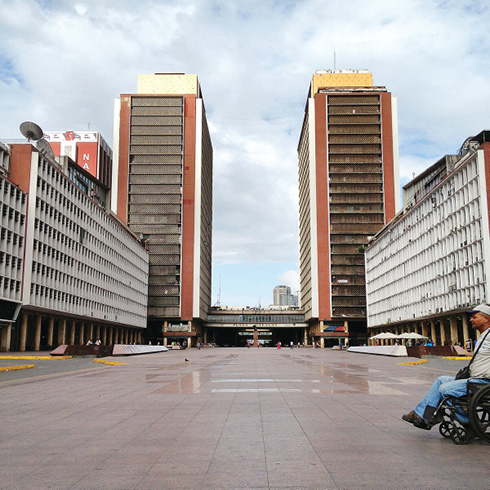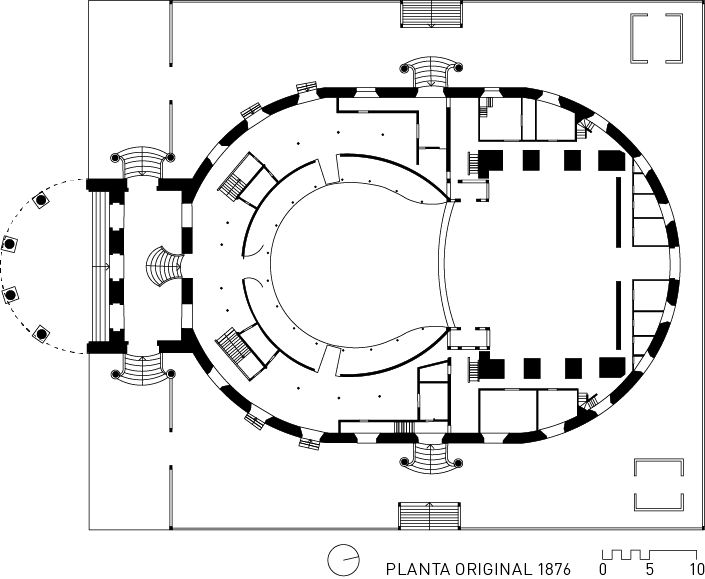DDN
(formerly Guzmán Blanco Theater). Guzmán Blanco brought the value of symbolism to Caracas architecture via the buildings he had made. The Municipal is an example of his liberal secularization policy, demolishing the old Church of San Pablo and replacing it with a «progressive» work that would renew the city using Paris’ urban model. Its construction following Ricard’s project was interrupted, and completed by Jesús Muñoz Tébar, who made some changes. The theater, with a capacity for 1300 spectators, has a semicircular peristyle, formed by Corinthian columns topped by a cornice surrounding the building. On entering, there is a lavishly decorated lobby that connects to a staircase leading to three access doors. Its ceilings are covered with paintings by Italian Enrico Daville and Venezuelans Pedro Jauregui, Jacinto Inciarte and Manuel Otero. Two sculptures by Rafael Cova complete the decor. The orchestra is complemented by two balconies, with thirty loges each, plus an upper level with a clear view of the stage, which incorporated all the technical mechanisms of the time. The small outdoor plaza, once a center of intense social activity, was demolished for road widening, at which time the theater also lost its atrium and monumental character. The theater opened with Verdi’s Il Trovatore in 1881 and is now a National Heritage.

DF-27

DF-28


